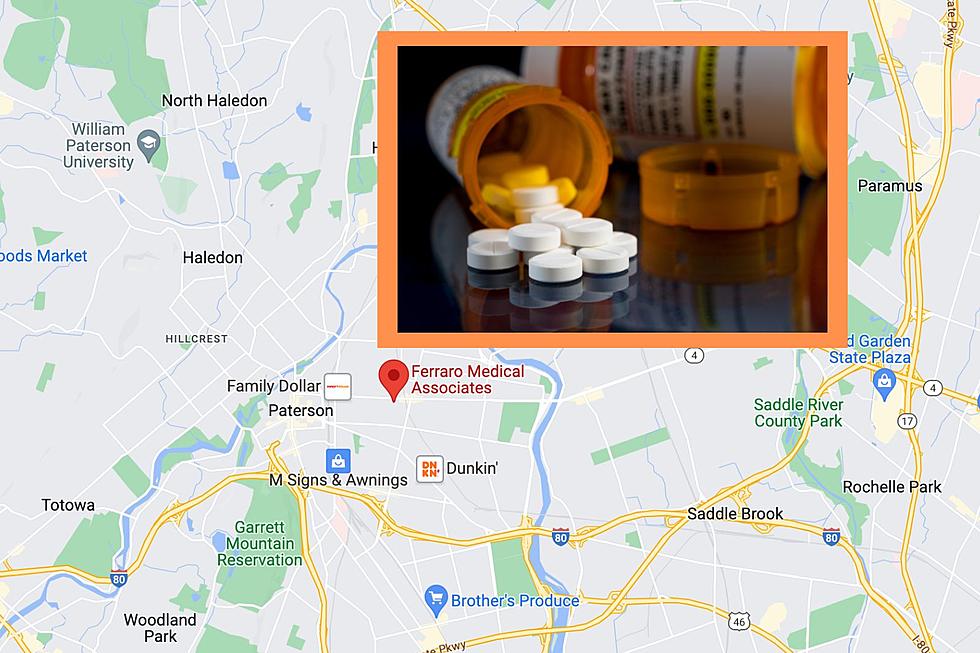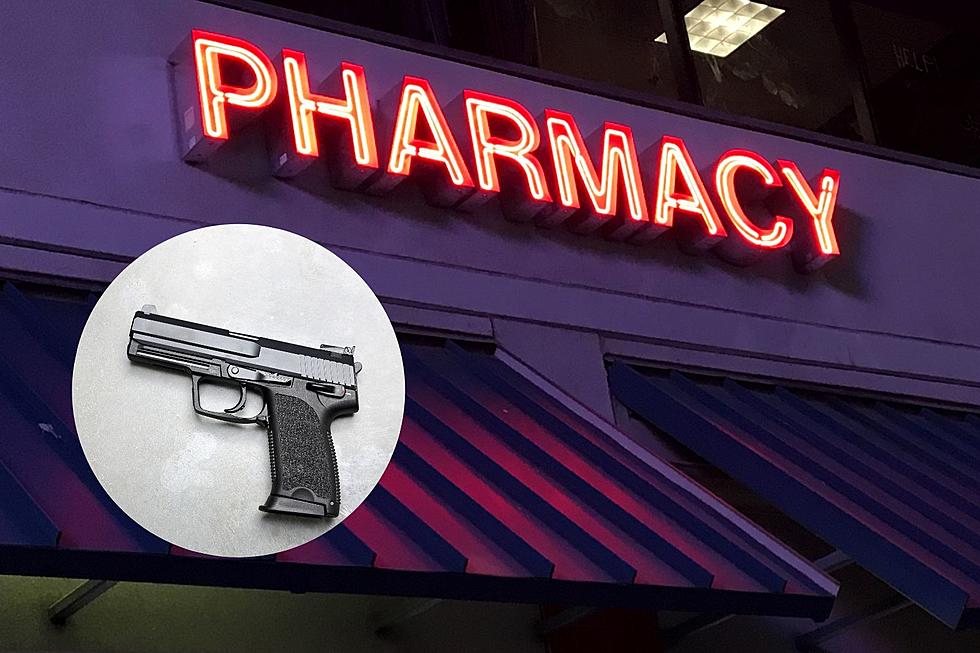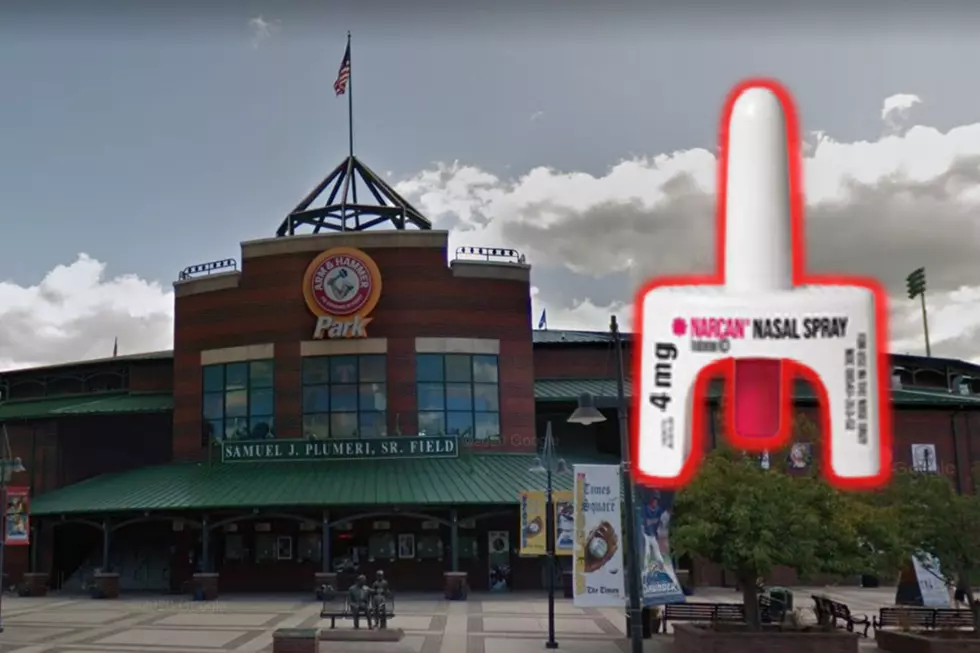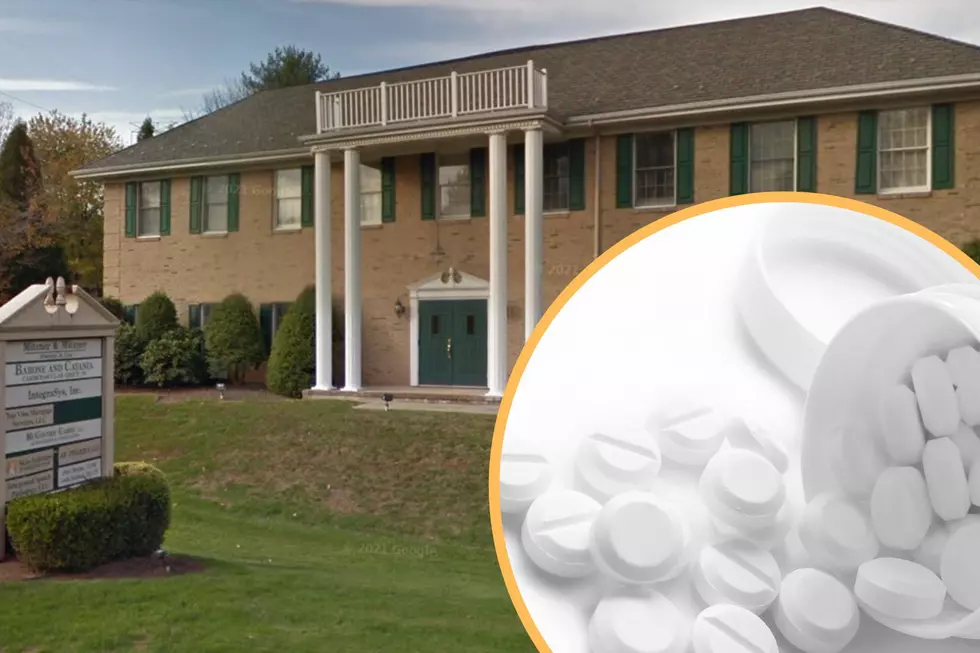
Unprecedented overdose spike slows in Cincinnati
CINCINNATI -- An unprecedented spike of drug overdoses in the Cincinnati area seem to be leveling off, although are still at higher than normal levels, after a stunning wave last week, authorities said.
Newtown Police Chief Thomas Synan, who heads the Hamilton County Drug Coalition task force, said reports show heroin overdoses dropped to 10 to 15 a day over the weekend. Just Friday, emergency rooms reported 174 overdose cases over six days, for an average of 29 per day, although Synan said some likely were not from heroin. But he said 20 to 25 overdoses in a week would be more typical.
"We're not seeing anything like we did last week, but it's still a little elevated," he said.
He said authorities have samples of heroin that was being sold and they will test it, hoping to determine the source. They suspect it was mixed with another drug, such as the powerful painkiller fentanyl or the elephant tranquilizer carfentanil.
"I think it shows the callousness of those who are dealing this drug," Synan said. "They do not care about the person they are selling to, they do not care about the communities they affect."
Communities in the neighboring states of Indiana, Kentucky and West Virginia also saw overdose spikes last week. Meanwhile, Tennessee state officials on Monday urged increased public awareness of fentanyl, a synthetic opioid that's also being mixed with other drugs or as cheap counterfeits, and the increased risk of overdoses and fatalities.
Ohio health authorities reported last week that fentanyl helped fuel a record number of overdoses in 2015, when accidental drug overdoses killed 3,050 people in the state. A record high of 47,055 people died from drug overdoses in the United States in 2014, according to the latest figures from the federal Centers for Disease Control and Prevention.
Overdose death tolls likely would be even worse without naloxone, a now widely available overdose antidote that many first responders carry. In Ohio alone, emergency medical personnel last year administered nearly 19,800 doses of naloxone, known by the brand name Narcan.
The state pharmacy board said Monday that 1,000 Ohio pharmacies, or about 47 percent of them, now offer the overdose antidote naloxone without a prescription. Expanding access to it beyond emergency responders has been a major part of Ohio's strategy to curb the increasing overdoses and deaths.
However, authorities say use of fentanyl, which the CDC says is 50 to 100 times more potent that morphine, and even-stronger carfentanil, makes reviving users more difficult. Cincinnati first responders used multiple Narcan doses to save some users last week.
In southeastern Indiana, Jennings County Sheriff Gary Driver said Monday some of those who overdosed during last week's wave there needed three or four doses to be revived. He said heroin taken from overdosers' homes has been sent to an Indiana State Police laboratory for analysis to determine if it was laced with fentanyl or another drug.
"We hope that what happened scared people, made them aware that it might be laced. But people are still using heroin, and that stuff is deadly whether it's laced or not," Driver said.
Autopsy results are pending on a woman who died in one of the Jennings County cases.
Authorities in Cincinnati said three to five deaths there are believed connected to the overdose wave last week.
Synan praised "astonishing work" by Cincinnati firefighters and other first responders for saving as many people as they did during an exhausting wave, while adding there are rarely any calm days in the anti-drug effort.
"This has been an event, a spike," Synan said. "But this is a continual battle that we have every single day throughout the region."
(Copyright 2016 The Associated Press. All rights reserved. This material may not be published, broadcast, rewritten or redistributed.)
More From New Jersey 101.5 FM









